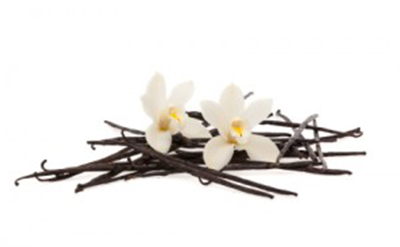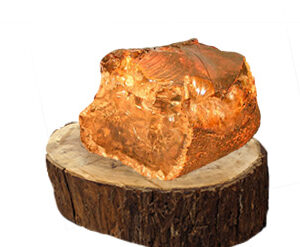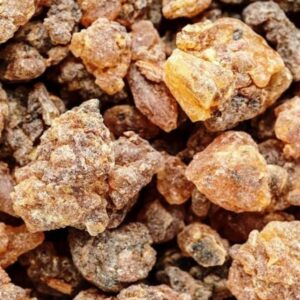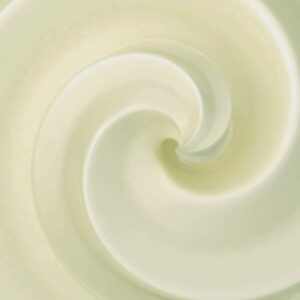Description
Description:
Base Note
Other names : 4-hydroxy-3-methoxybenzaldehyde ; 4-formyl-2-methoxyphenol ; 4-hydroxy-meta-anisaldehyde ; Para-hydroxy-meta-methoxybenzaldehyde ; 2-methoxy-4-formyl phenol ; Methyl protocatechuic aldehyde ; Naturalline ; Rhovanil ; V-flavor
Odor Description: Intensely sweet and very tenacious creamy vanilla odor.
This product is NOT derived from Lignin.
Use Level: Can use up to 8% of total fragrance concentrate.
Can use up to 40ppm in flavor.
Volatility : Heart/Base
Uses in perfumery : Vanillin is used in reconstitutions of vanilla, in oriental perfumes and in gourmet notes. Used to bring a sweet and milky effect to a fruity, floral, spicy or woody composition.
Natural availability : Natural Vanillin is not very much produced, as it has to be extracted from Vanilla Bourbon Absolute (or other origins), which has already a very expensive process of manufacturing. Nevertheless, new processes to obtain biochemical Vanillin allows to obtain a vanillin that can be considered as natural.
Chemical Properties:
Molecular formula : C8H8O3
Molecular Weight : 152,15 g/mol
Density : 1,23
Flash Point : 153°C
Fusion Point : 83°C
Appearance : White solid
Log P : 1,23
Boiling Point : 285°C
Detection Threshold : 29 ppb à 1,6 ppm (0,00016%) selon les personnes, Son seuil de reconnaissance est quant à lui d’environ 4 ppm,
IFRA : This ingredient is not restricted
CAS #: 121-33-5
FEMA #: 3107
__________________________________________________
Application Suitability:
- Good performance in:
- Alcoholic Perfume
- Creams and Lotions
- Lipsticks
- Shampoo
- Hair Conditioner
- Bath/Shower Gel
- Ammonia
- Detergent Powder
- Liquid Detergent
- Fabric Softener
- Candles
- Pot Pourri
- Incense
Major problems in:
- Anti-perspirants/Deo
- Talcum Powder
- Tablet Soap
- Liquid Soap
- Cold Wave
- Acid Cleaner
- Chlorine






Reviews
There are no reviews yet.